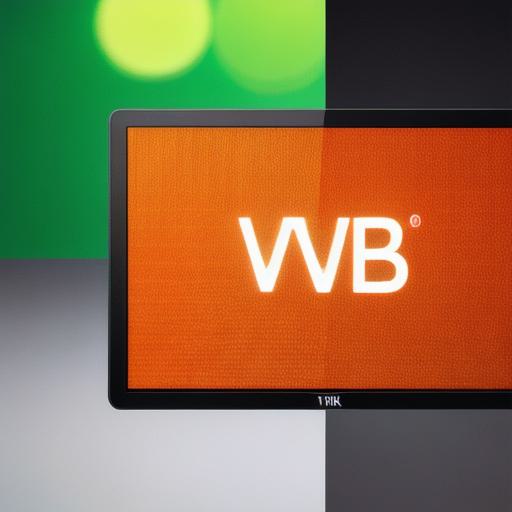Web3 technology is the latest development in the evolution of the World Wide Web, and it promises to transform the way we interact with digital content and each other. It is built on decentralized systems that provide more privacy, security, and control for users. In this article, we will explore the power of Web3 technology and its potential impact on society.
What is Web3 Technology?
Web3 technology is based on blockchain technology, which provides a secure and transparent way to store and transfer data without the need for intermediaries like banks or governments. It also uses smart contracts, which are self-executing programs that can automate complex processes and reduce the risk of fraud.
The Benefits of Web3 Technology
Web3 technology offers several benefits that make it a promising solution for a wide range of applications. These include:
Decentralization
Web3 technology is built on decentralized systems, which means that there is no central authority controlling the network. This provides users with more privacy and control over their data, as well as reducing the risk of censorship or manipulation by governments or corporations.
Security
Web3 technology uses cryptographic algorithms to secure data and transactions on the network, making it resistant to hacking and fraud. It also allows for immutable records of all transactions, which provides transparency and accountability.
Interoperability
Web3 technology enables different platforms and applications to communicate with each other seamlessly, regardless of their underlying technology or architecture. This makes it easier for users to access and use digital content across multiple platforms, without the need for intermediaries.
Real-life Examples of Web3 Technology in Action
Web3 technology is already being used in a variety of applications, including:
Decentralized Finance (DeFi)
Decentralized finance platforms like Uniswap and Compound are built on Web3 technology, allowing users to trade cryptocurrencies and access financial services without the need for intermediaries. These platforms offer a range of features, including lending and borrowing, yield farming, and decentralized exchanges (DEXs).
Non-Fungible Tokens (NFTs)
Web3 technology is also used to create non-fungible tokens (NFTs), which are unique digital assets that can represent anything from art to collectibles to real estate. NFTs provide a new way for creators and owners to monetize their work, as well as enabling new forms of ownership and transfer.
Supply Chain Management
Web3 technology is being used in supply chain management to improve transparency, traceability, and security of goods and materials. For example, Walmart has partnered with IBM to create a blockchain-based system that tracks the origin and movement of food products, reducing the risk of contamination and fraud.
The Future of Web3 Technology
Web3 technology is still in its early stages, but it has already shown great promise in a variety of applications. As the technology continues to evolve, we can expect to see even more innovative use cases emerge. Some potential areas for growth include:
Decentralized Social Media
Decentralized social media platforms like Minds and Soma are built on Web3 technology, providing users with more privacy and control over their data, as well as reducing the risk of censorship or manipulation by corporations.
Decentralized Cloud Computing
Web3 technology can be used to create decentralized cloud computing platforms that provide users with more control over their data and applications. For example, Filecoin is a Web3-based storage network that allows users to store and access data on a global peer-to-peer network.
Decentralized Identity Management

Web3 technology can be used to create decentralized identity management systems that provide users with more control over their personal information, as well as reducing the risk of identity theft and fraud.
FAQs

Q: What is Web3 technology?
A: Web3 technology is based on decentralized systems that provide more privacy, security, and control for users. It uses blockchain technology to store and transfer data, as well as smart contracts to automate complex processes.
Q: What are some real-life examples of
